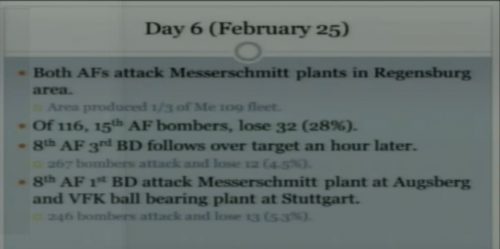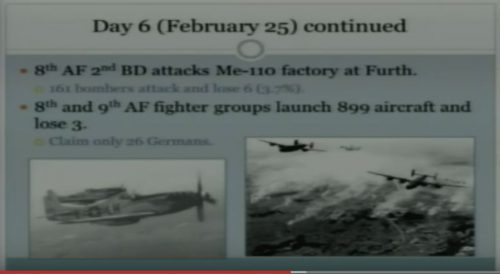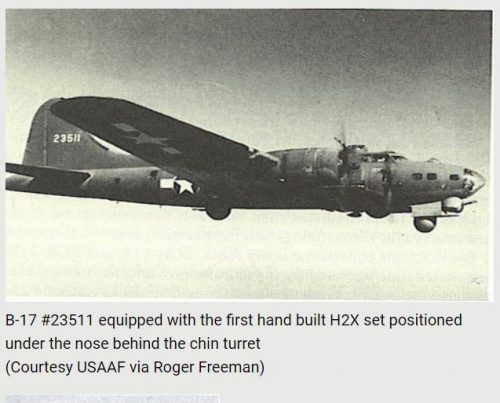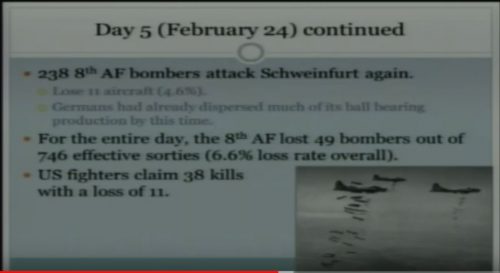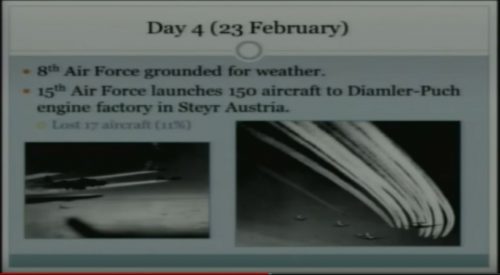From NBCLearn, here’s a series of short videos focused on WWII aircraft, technology, and people and intended for K-12 classroom use. Each video is accompanied by two lesson plans, one focused on relevant STEM topics and the other with “social studies” topics.
For example, the STEM lesson plan that goes with the Pearl Harbor video is mainly about the attributes of the Zero Fighter . The “social studies” lesson starts with the teacher asking students “Who wants to tell the class what has been happening in Europe since World War I” and “Who wants to tell the class what has been happening in the eastern hemisphere?” (it would be interesting to hear some of the answers) and then progresses to other related topics, including a comparison of FDR’s speech after Pearl Harbor with the speech of GWB after 9/11.
I thought it was an interesting and worthwhile approach. I would have preferred the videos to be a little longer (they’re about 5 minutes each), and thought there were some missed opportunities, misguided emphases, and a few apparent actual errors in some of the lesson plans. For example, the “social studies” piece on the Night Witches (female Russian night bomber pilots) could have included something about the situation in the Soviet Union at the time, and the Eastern Front War in general…same point for The Flying Tank, the video about the Sturmovik ground attack plane. The lesson on the B-17 Ball Turret could have usefully included a link the Randall Jarrell’s brutal poem, Death of the Ball Turret Gunner. The STEM lesson plan on the ME-262 jet fighter talks about the benefits of the swept wing for “balance on its nosewheel”…”it also made the ME-262 faster”–but didn’t really get across the reasons why a swept wing is important as airspeeds get near the speed of sound. The discussion of the Po-2 biplane used by the Night Witches implies that the plane had good gliding capabilities: I seriously doubt this, given the low wing aspect ratio (as noted in the lesson plan) and the high drag generally characteristic of the biplane types. It would glide fine, but not for far…which was appropriate given its mission.
I thought that, overall, this was a very worthwhile effort. The videos were co-produced with Paul Allen’s Vulcan Productions. NBCLearn also has a whole lot of other educational videos.

